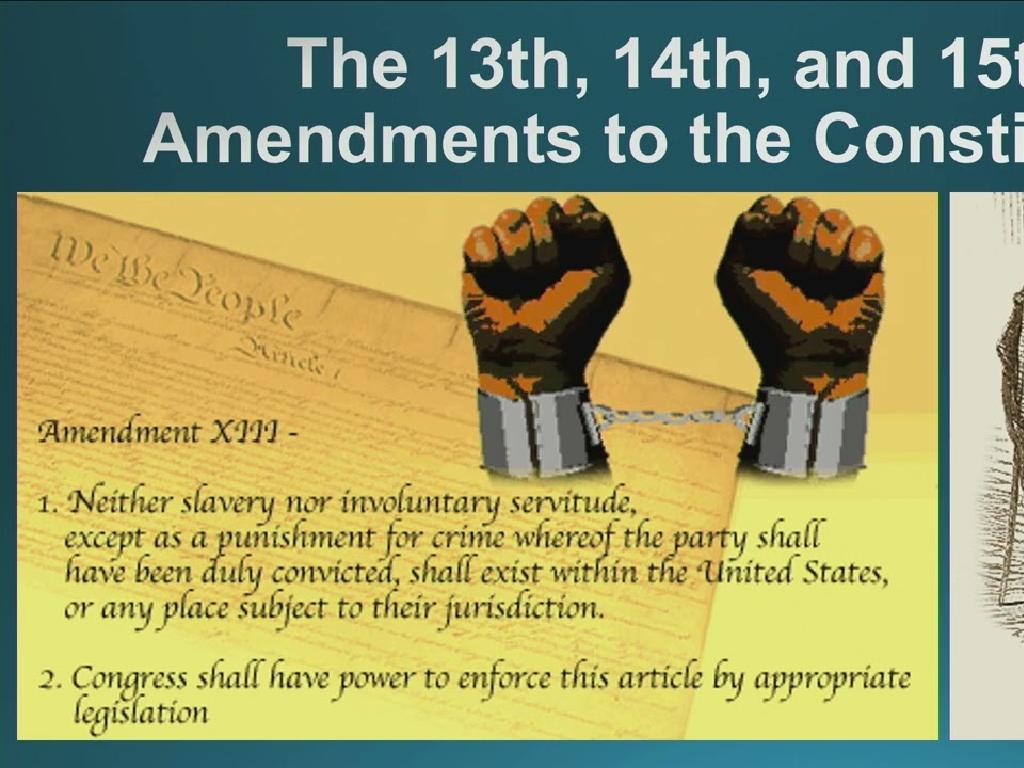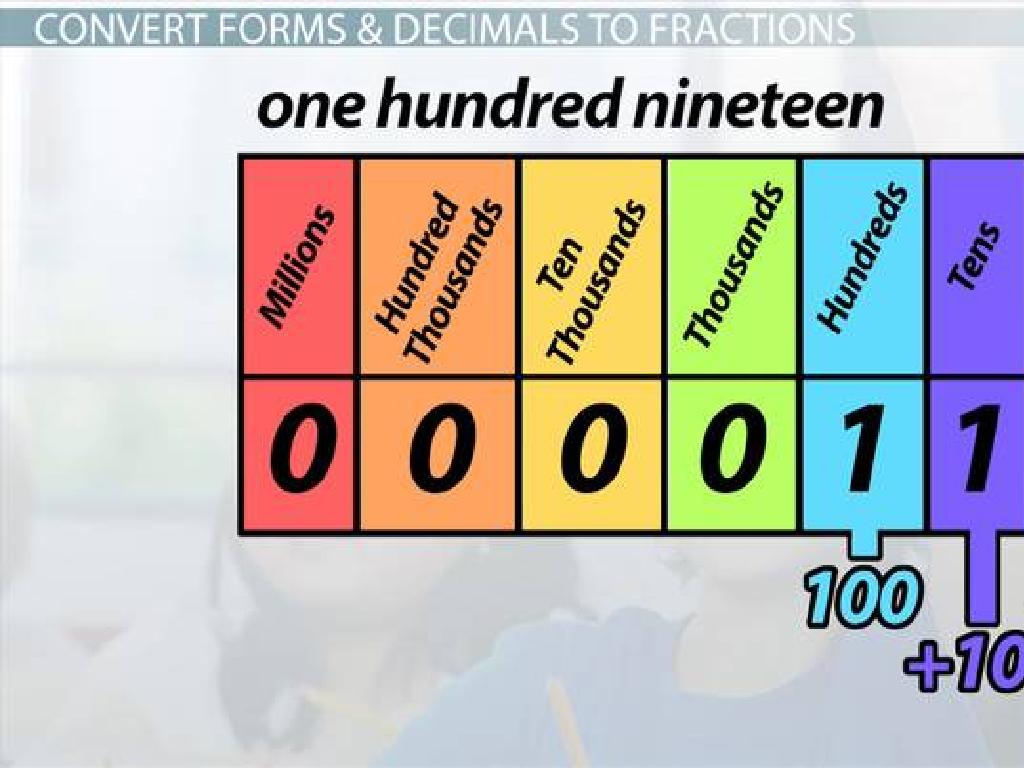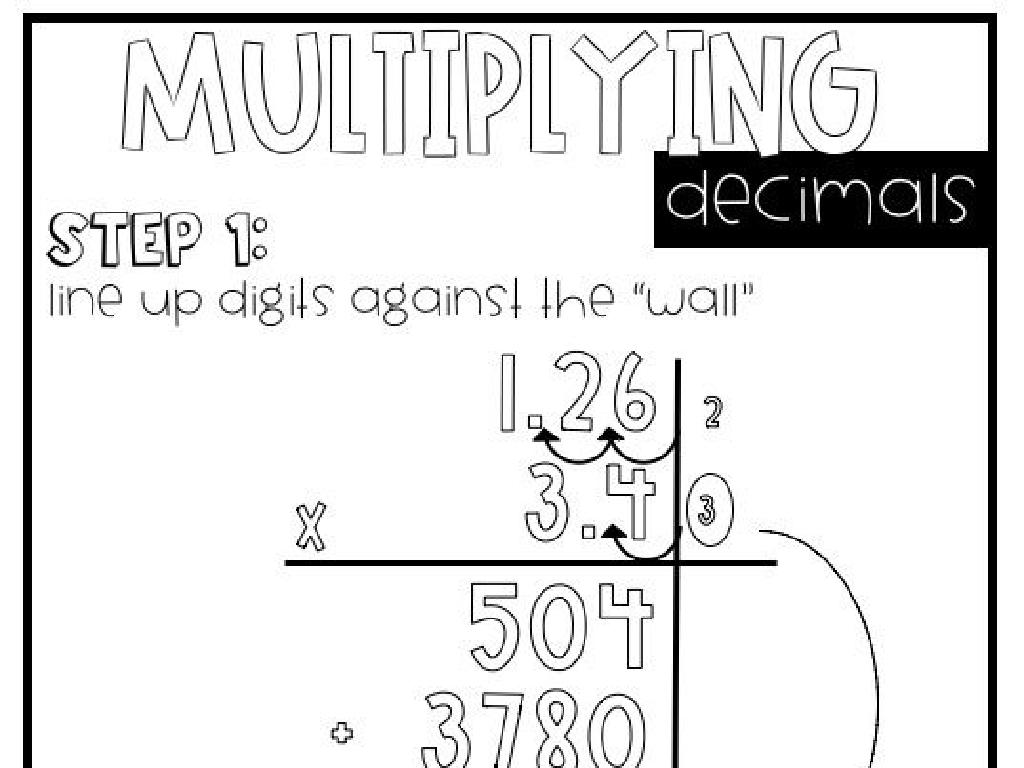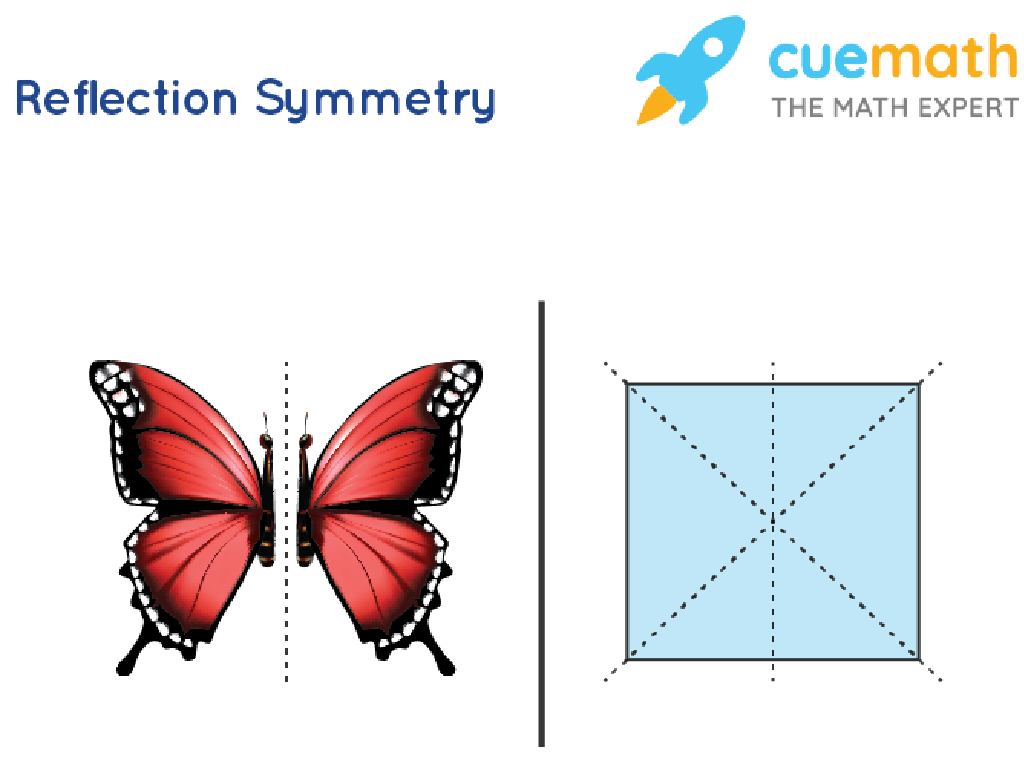Punctuating Dialogue
Subject: Language arts
Grade: Fourth grade
Topic: Formatting
Please LOG IN to download the presentation. Access is available to registered users only.
View More Content
Introduction to Dialogue
– Understanding dialogue
– Dialogue is when characters talk in writing.
– Dialogue’s role in stories
– It shows conversations between characters.
– The need for punctuation
– Correct punctuation makes dialogue clear.
– Practice punctuating dialogue
– We’ll learn how to use commas, quotation marks, and periods.
|
This slide introduces the concept of dialogue and its importance in written stories. Dialogue is the written conversation between two or more characters and is essential for bringing characters to life and advancing the plot. Punctuation in dialogue helps readers understand who is speaking and conveys the tone of the conversation. It’s crucial for students to learn how to properly punctuate dialogue with commas, quotation marks, and periods to avoid confusion. In the next slides, we will explore the rules of punctuating dialogue with practical examples and exercises for the students to practice.
Punctuating Dialogue with Quotation Marks
– Quotation marks show exact speech
– Begin and end spoken words with ”
– Example: “I love reading,” said Jane.
– Jane is speaking her thoughts out loud.
– Practice writing dialogue with quotes
– Try using quotation marks in your writing!
|
This slide introduces the concept of using quotation marks to punctuate dialogue. Explain that quotation marks are used to indicate the exact words someone speaks. Show how quotation marks are placed at the beginning and the end of the spoken words. Provide clear examples on the slide, and then encourage students to practice writing their own sentences using quotation marks. Emphasize that only the words that are spoken out loud by a character should be inside quotation marks. In the next class, students can share their sentences and discuss as a group the correct use of quotation marks.
Commas and Periods in Dialogue
– Commas separate dialogue from tags
– E.g., He said, ‘Let’s learn,’ before class started.
– Periods end sentences in quotes
– E.g., She whispered, ‘Be quiet.’
– Let’s review example sentences
– We’ll explore how punctuation changes meaning.
|
This slide introduces students to the basic rules of punctuating dialogue with commas and periods. Explain that commas are used to separate the spoken words within quotation marks from the rest of the sentence, known as dialogue tags (e.g., ‘he said’, ‘she whispered’). Periods are used to end a statement within the quotation marks. Provide clear examples on the board, showing the correct placement of commas and periods. Encourage students to create their own sentences using these rules. Emphasize that proper punctuation is crucial for clarity in writing dialogue.
Punctuating Dialogue: Questions & Exclamations
– Emotions & questions in dialogue
– Use ? and ! to show surprise or ask questions in conversations.
– Punctuation inside quotes
– Always put ? and ! inside the “” when someone is speaking.
– Examples with questions marks
– ‘Are we there yet?’ shows a question being asked.
– Examples with exclamation points
– ‘Wow!’ shows someone is surprised or excited.
|
This slide introduces students to the use of question marks and exclamation points within dialogue, emphasizing their placement inside quotation marks. Begin by explaining that these punctuation marks help express strong emotions or questions in spoken words. Provide clear examples of dialogue that includes these punctuation marks, and explain that they must be placed within the quotation marks to indicate that the emotion or question is part of what the speaker is saying. Encourage students to practice writing their own dialogue sentences using question marks and exclamation points correctly. This will help them understand how punctuation affects the meaning and tone of dialogue.
Punctuating Dialogue Tags
– Understanding ‘he said’ and ‘she asked’
– Tags like ‘he said’ or ‘she asked’ tell us who’s speaking.
– Correct punctuation for dialogue tags
– Use a comma inside quotation marks when the tag comes after the dialogue.
– Practice with example sentences
– ‘I love reading,’ she whispered. Now you try punctuating!
– Why punctuation is important
|
This slide introduces students to dialogue tags and their correct punctuation. Dialogue tags are small phrases that indicate who is speaking and how they are speaking. It’s important to punctuate these correctly to ensure clarity in writing. Teach students to always use a comma before the closing quotation mark if the tag follows the dialogue, and to start the tag with a lowercase letter unless it’s a proper noun. During practice, provide sentences and have students insert the correct punctuation. Emphasize that proper punctuation helps the reader understand who is speaking and how they are speaking, which is crucial for clear communication in writing.
Dialogue Formatting: New Speaker, New Line
– Start a new line for each speaker
– When characters change, start a new line.
– Helps readers follow the conversation
– It’s like a game of catch with words!
– Example dialogue to practice
– ‘How are you?’ Tom asked. ‘I’m fine,’ replied Sue.
|
This slide introduces the concept of starting a new line for each new speaker in a dialogue, which is crucial for clear formatting in writing. Explain to students that this technique helps readers easily follow who is speaking in the story, much like following the turns in a conversation. Use the example dialogue to illustrate this point, and then have students practice with their own examples. Encourage them to write a short dialogue between two characters, making sure to start a new line each time the speaker changes. This will help them understand the importance of clear dialogue formatting.
Class Activity: Crafting Dialogue
– Pair up and write a short story
– Include dialogue with correct punctuation
– Use quotation marks, commas, periods correctly
– Be creative and have fun with your story
– Get ready to share with the class
– We’ll select a few stories to read aloud
|
This activity is designed to help students practice punctuating dialogue correctly within the context of a short story. Students should be paired up to encourage collaboration. Remind them to use quotation marks to indicate when a character is speaking and to place punctuation marks inside the quotation marks. Commas are used to separate the dialogue tag from the dialogue. Encourage creativity and ensure they understand that the goal is to practice punctuation in a fun and engaging way. After the activity, select a few pairs to share their dialogues with the class to reinforce learning and celebrate their work. Provide examples if necessary and be available to assist with any questions.






